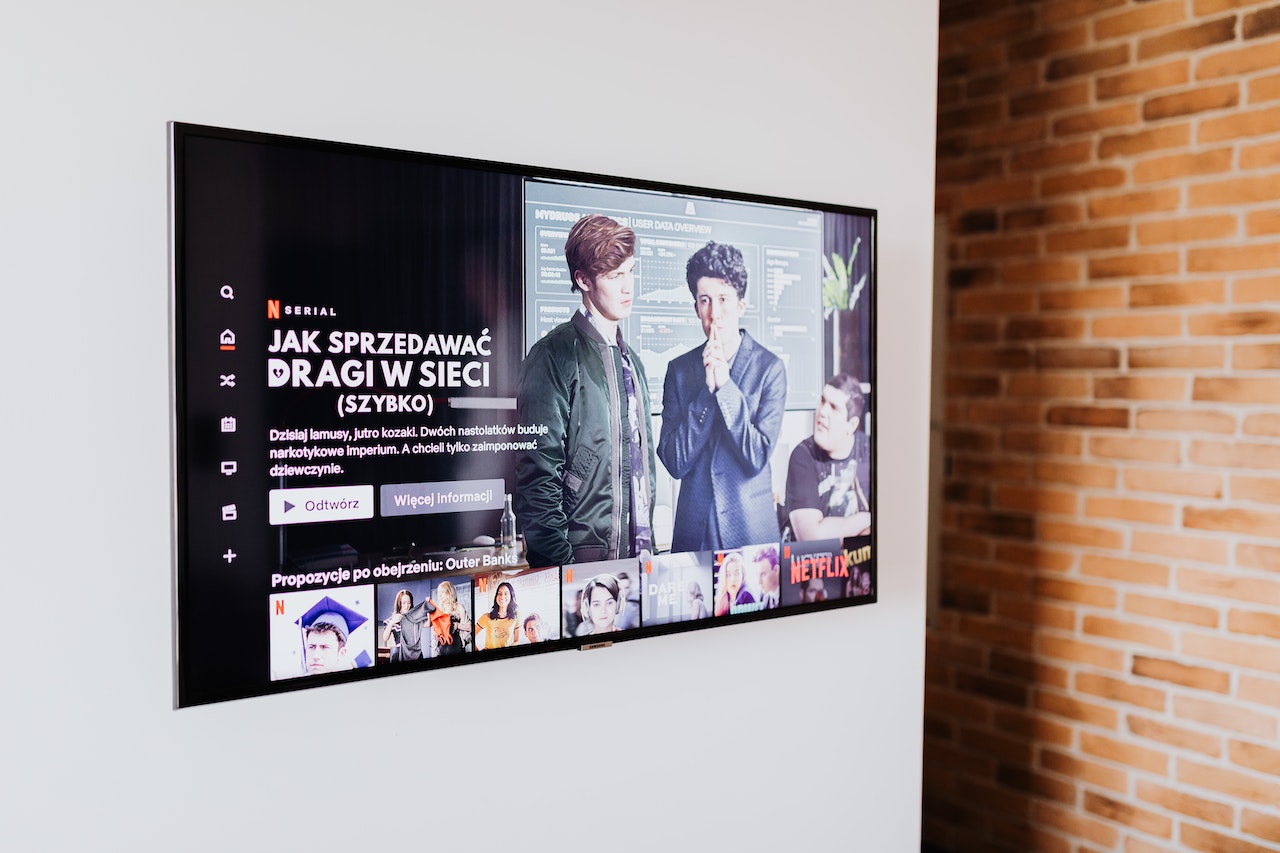If you are planning to buy a smart TV, one thing you may struggle to understand is the screen language.
With so many screen technologies and terminologies, terms such as UHD and OLED may be too technical for a layman. While you may be familiar with things like type of size, the screen technology terms keep changing with new market releases.
In this article, we compare UHD and OLED technologies, and the features of each technology that make them superior or inferior to the other.
Read on to see how UHD and OLED compare.
UHD vs. OLED (Quick Comparison)
Ultra High Display (UHD) isn’t a display technology type but rather a display resolution. It’s an upgrade of the Full High Display (HD), which is 1920 x 1080 or 1080p and offers a resolution of 3840 x 2160. On the other hand, OLED (Organic Light Emitting Diode) refers to a light-emitting technology where organic matter layers generate light when power passes through them.
UHD Explained
The Screen resolution refers to the pixel number a screen shows vertically and horizontally. When it comes to UHD, it can display 3840 pixels horizontally and 2160 pixels vertically, four times that of a full HD display. UHD is always better than full HD, provided you can afford to buy a UHD TV since such televisions are more expensive.
While 4K and UHD are usually used interchangeably, a 4K display is 4096 x 2160 hence 256 pixels more than UHD.
Advantages of UHD Screens
Here’s why you should pick a UHD screen over a full HD screen.
1. Better Resolution
Since UHD is a higher resolution than HD, the image resolution is perfectly sharp even when using a large screen. Ultimately, the detail you get on your screen will be four times that of a 1080p full HD; hence the fine details of an image are retained.
2. Sharp Images
UHD screens offer exceptionally sharp images regardless of screen size. Therefore, you will receive smooth transitions, crisp visuals, and realistic screen movements when watching movies or TV shows.
3. Better Eye Protection
Your eyes are protected because there’s no pixelation or smudging effect on UHD screens.
Disadvantages of UHD Display
Here are the downsides of UHD
1. Costly
Be prepared to spend more money on a UHD display because you get better screen resolution.
2. Less Content Options
You must have access to UHD content to enjoy all the pros of UHD resolution. While there is more UHD content today than in the past, we are still in the transition stage; hence the options are still limited.
OLED Screens
OLED refers to a technology used to make screen panels where organic compounds such as carbon form every diode. On the other hand, the screen controller regulates the electrical current passing every diode to generate individual light-emitted colors.
OLED is an excellent choice if you aren’t on a budget.

OLED Screens Pros
Here’s why you should choose an OLED screen
1. Excellent Energy Efficiency
An OLED screen consumes less energy because it doesn’t have a backlight. Moreover, some pixels are switched off when showing black hence no energy is used at those times, but remember, the picture brightness will determine the power usage.
2. Infinite Contrast Ratio
This display depends on specific light-emitting pixels that can be turned off when not in use; hence it can display a perfectly black image because the black parts are turned off. For this reason, an OLED display’s black levels are zero nits which translate to an infinite contrast ratio.
3. Thin TVs
The absence of backlight makes OLED TVs thinner and hence take up less space. Usually, their thickness is 2.5 to 3.0 millimeters, and they are suitable for small and large living rooms.
4. Excellent Response Time
You can get insanely superb response time from OLED panels since individual pixels turn off and on, thus switching between various colors quickly. The average time for a pixel is 0.2ms.
5. Wider Viewing Angles
The image quality in an OLED panel doesn’t change regardless of where you stand or sit. This is a huge selling point for these screens.
OLED Screens Cons
Below are the drawbacks of OLED screens
1. Price
OLED displays cost more than competing technologies like QLED.
2. Burn-In
Burn-in or image retention happens when a similar image is displayed continuously over an extended period. While some manufacturers mitigate this issue using logo luminance adjustment, screen shift, and screensaver features, don’t look at one thing on your OLED screen for long.
Conclusion
In a nutshell, while every OLED screen is UHD, not every UHD screen is OLED. Although UHD and OLED are different, non-comparable display concepts, you can compare them when trying to figure out the type of UHD television or computer to buy. A majority of OLED TVs are UHD to boost the viewing experience.

